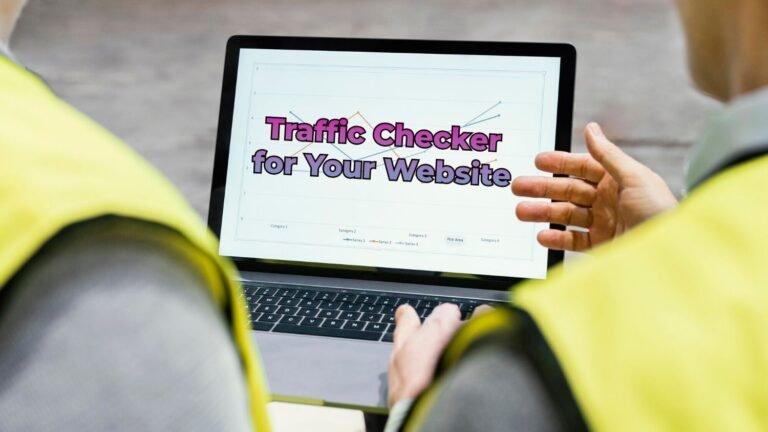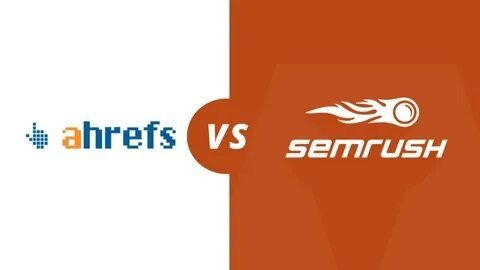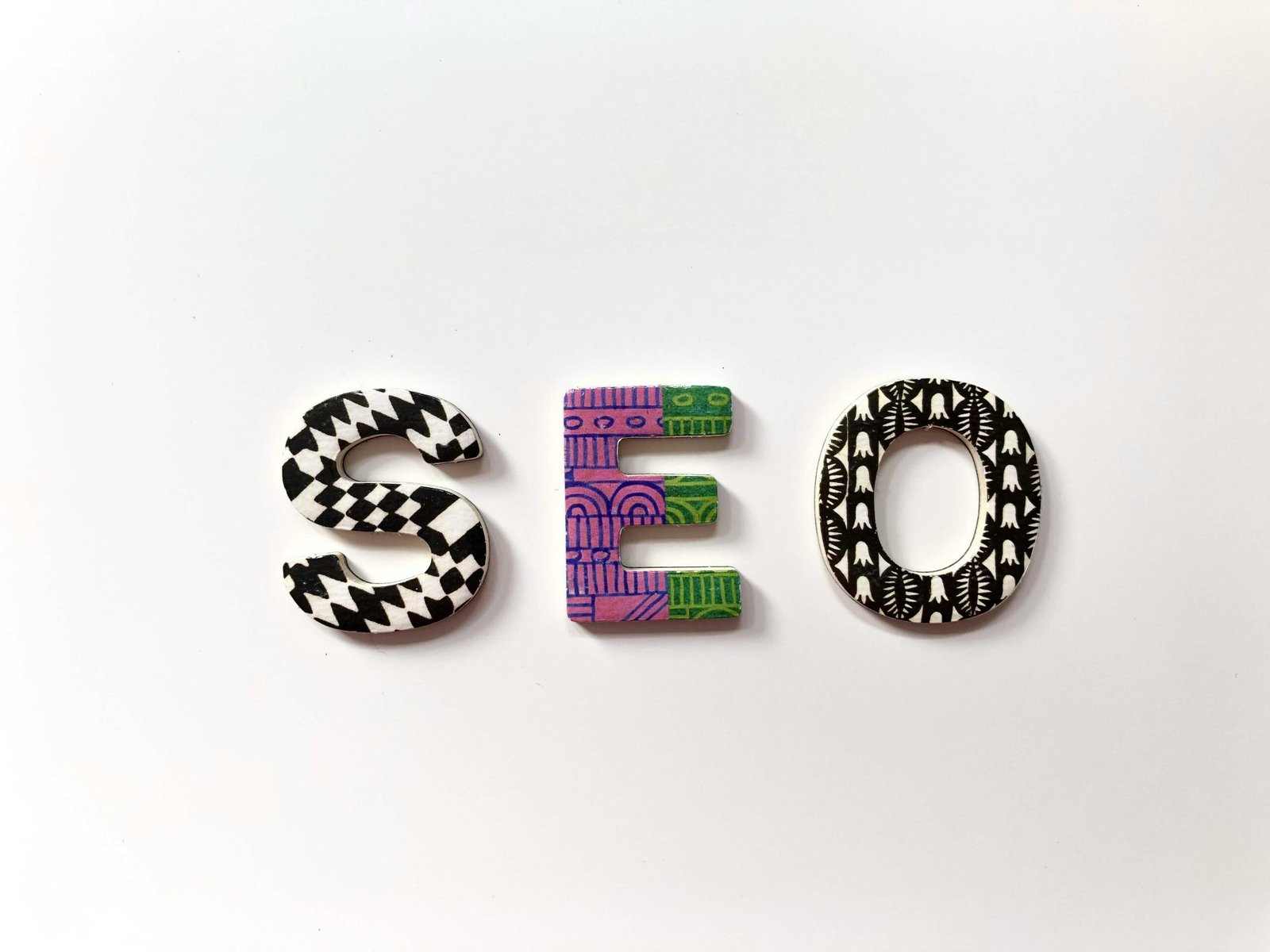
In today’s highly competitive digital landscape, achieving top rankings on search engines is crucial for any business striving to succeed online. Without visibility on platforms like Google or Bing, it becomes challenging to drive organic traffic, generate leads, and boost sales. As any SEO Agency would advise, while off-page strategies like backlink building are important, it’s vital not to overlook the impact of on-page SEO for maximizing your website’s potential.
On-page SEO refers to the optimization of individual web pages to help them rank higher and attract more relevant traffic from search engines. From keyword optimization to improving user experience, on-page SEO forms the backbone of an effective digital marketing strategy.
Let’s dive deeper into why on-page SEO is crucial for achieving those coveted top spots on search engines.
1. Improves Search Engine Crawling and Indexing
One of the most important components of on-page SEO is making it easier for search engines to crawl and index your website. Search engine bots scan your website, analyzing the content and structure to understand what each page is about. When your website’s structure is optimized and content is logically organized, search engines like Google can better interpret the purpose of your site.
On-page SEO elements like title tags, meta descriptions, alt text for images, and structured data (schema markup) help search engines understand and categorize your content correctly. For example, a properly optimized meta description and title tag offer clear signals to both users and search engines, improving click-through rates (CTR) and rankings. Without proper on-page SEO, search engines may misinterpret your content, or worse, fail to rank it at all.
2. Increases Organic Visibility and Search Relevance
At the core of on-page SEO is keyword optimization, which ensures your content is aligned with what users are searching for. Target keywords should be placed strategically in the content, title tags, headings, and meta descriptions, but it’s equally important to ensure that these keywords reflect the search intent.
Search intent refers to the rationale behind a user’s search query. When your content matches what users are looking for, search engines recognize your page as relevant, boosting your chances of ranking higher. By researching and identifying the right target keywords, including long-tail keywords, you not only improve your organic visibility but also drive traffic that is more likely to convert.
In 2024 and beyond, Google’s algorithms will continue to evolve to favor user intent.Optimizing your content for semantic search—where search engines interpret the meaning behind queries—can help you capture a broader range of related searches, ultimately enhancing your relevance and visibility.
3. Enhances User Experience (UX)
User experience (UX) has become a direct ranking factor for Google, and it plays a vital role in on-page SEO. A seamless, user-friendly experience encourages visitors to stay longer on your site and engage with your content. This, in turn, reduces your bounce rate—another critical ranking factor.
Several on-page elements that contribute to better UX include:
- Mobile responsiveness: With more than 60% of online searches now coming from mobile devices, your website must be optimized for mobile use. Google prioritizes mobile-friendly sites and even penalizes those that are not, so making your site responsive should be a top priority.
- Page load speed: Slow-loading pages frustrate users, leading to higher bounce rates and lower rankings. Optimizing images, leveraging browser caching, and using content delivery networks (CDNs) are some techniques to improve page speed, contributing positively to both UX and SEO.
- Site security (HTTPS): Google has made security a key ranking factor, prioritizing sites that use HTTPS over those that don’t. Not only does this improve trust with users, but it also helps with ranking performance.
A smooth, fast, and secure website will keep visitors engaged, improving dwell time (the amount of time users spend on your page), which signals to search engines that your content is valuable. In short, on-page SEO plays a dual role by enhancing both search rankings and the user experience.
4. Boosts Engagement and Reduces Bounce Rates
Keeping users engaged with your content is a critical factor in reducing bounce rates and improving rankings. On-page SEO encourages you to create high-quality, informative, and relevant content that answers users’ questions. Pages with well-structured content and visual elements, like images, videos, and infographics, enhance user engagement.
For instance, integrating multimedia content that supports the topic can improve the user’s overall experience, making them more likely to stay on your site longer. High bounce rates (users leaving your site quickly) can negatively impact your rankings, as it indicates to search engines that your content isn’t delivering on its promise.
Additionally, using internal links to guide users to related articles or service pages helps extend their time on your site. Not only does this reduce bounce rates, but it also helps distribute ranking power across your site, making it easier for search engines to crawl your pages.
5. Improves Internal Linking and Site Structure
Effective internal linking is a sometimes ignored part of on-page SEO. Internal links allow you to guide visitors from one piece of content to another, improving the overall site architecture and keeping users engaged. By linking related pages, you distribute authority across your website and enhance the user’s ability to navigate your site intuitively.
For search engines, internal links provide context about the hierarchy of your site and the relationship between your pages. A clean, well-organized site layout with breadcrumbs, sitemaps, and logical URLs facilitates search engine crawling and indexing. This leads to improved rankings, as search engines can better assess the relevance and value of your content.
6. Maximizes the Power of Content Marketing
Content marketing is one of the most effective strategies to drive organic traffic. However, without proper on-page SEO, even the best content can remain undiscovered. By applying on-page SEO techniques such as optimizing headers, integrating relevant keywords, and making use of rich media like video content and custom illustrations, your content becomes more discoverable and engaging.
Search engines favor content that provides value to users, so focus on creating in-depth, comprehensive content that thoroughly answers user queries. Beyond that, updating older content is another on-page SEO strategy that can breathe new life into pages, ensuring that your site remains relevant and competitive over time.
7. Helps You Stay Ahead of Competitors
In competitive industries, every optimization effort counts. Businesses that ignore on-page SEO or fail to regularly update their strategies are likely to fall behind in search rankings. By focusing on best practices like creating high-quality content, optimizing for voice search and visual search, and ensuring Core Web Vitals compliance, you can stay ahead of competitors.
While off-page SEO (such as link building) is important, relying solely on it won’t yield the best results. On-page SEO allows you to take control of your content and website experience, positioning your site as an authority and giving you the edge over competitors who neglect these key elements.
Conclusion
In the race for higher search rankings, on-page SEO serves as the essential foundation that every website must build upon. For any SEO agency, it involves optimizing the site’s content, structure, and user experience to meet the constantly evolving standards set by search engines like Google. Whether your goal is to increase visibility, enhance user engagement, or outpace the competition, investing in on-page SEO is a strategy that will yield long-term benefits for your website’s performance.
Read More: From Planning to Execution: A Complete Guide to Virtual Event Management






